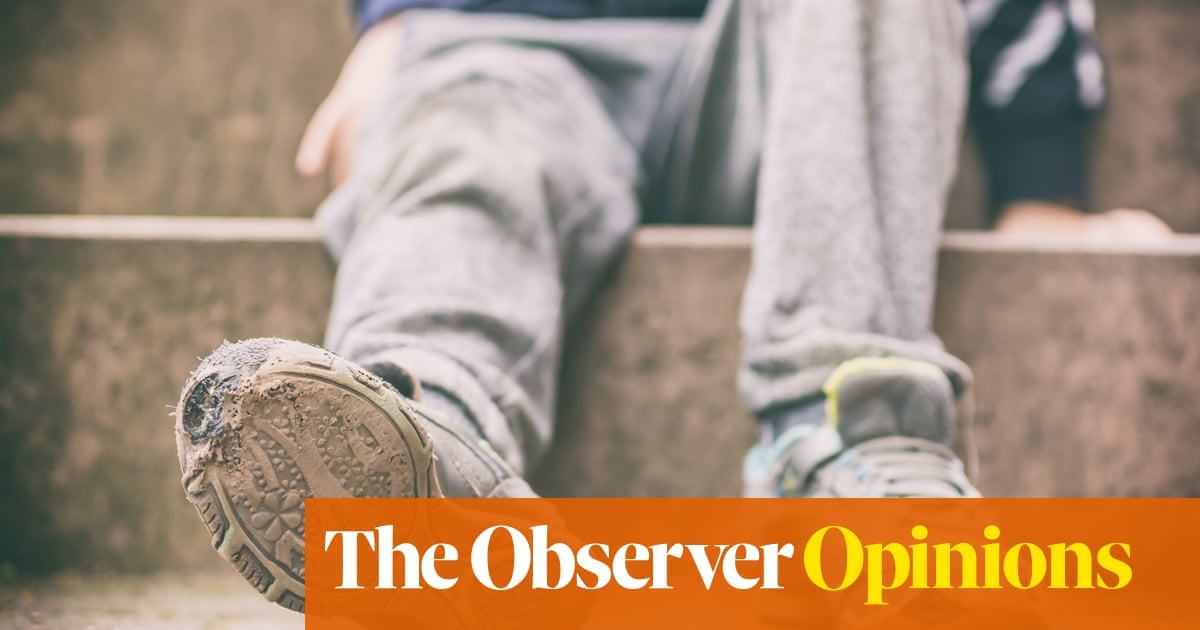
Anil Goel remembers the night in May when he received a call from his desperate nephew asking for money for his Covid treatment. The nephew had been admitted to a private hospital with his wife and four other family members with Covid complications but had used up all of his savings.
“I was shocked by the request as this was a young man who was doing well in life otherwise. But the high hospital bills and the black marketing just exhausted all of his savings within days. After all, six family members were on life support,” said Goel.
All six later died. His nephew’s ordeal was a chilling reminder to Goel of the financial vulnerability that he and his family faced. All of them, until then, had been relying on their life savings and patchy insurances.
“The prices for everything had rocketed. He paid four times the cost for ambulances, oxygen cylinders, hospital beds, and even we had to pay extra for the cremations following their death. All in all, I believe they spent over 10m rupees (£100,000) for the treatment of the six members. Some of it was borrowed or they sold some assets,” said Goel, who contributed about £2,000.
His family is just one of the millions across India who have incurred heavy medical expenses during the pandemic, leaving them bankrupt or burdened by debt.
A study conducted by the Public Health Foundation of India (PHFI), concluded that a casual worker in India needed to work 481 days to cover one episode of intensive care treatment in hospital.
An Indian in regular employment needs to spend the equivalent of 124 days’ wages to afford Covid hospital isolation. ICU treatment in hospital would cost self-employed workers and regular employees 318 days and 232 days of work respectively.
Sakthivel Selvaraj, the director of health economics at PHFI, said casual workers were by far the hardest hit by the steep costs of Covid care.
Even before the pandemic, health costs for Indians were among the highest in the world with millions going into debt every year due to high medical bills and low public spending. Another PHFI report in 2018 showed that 55 million people had dropped below the poverty line in just one year in 2011–12 because of medical expenses.
This year, India’s second Covid wave pushed even more people into debt and bankruptcy. With shortages of drugs, oxygen and a rapacious hidden market, loans against vehicles, gold and property have been the highest since the beginning of the pandemic. According to the Reserve Bank of India, outstanding loans against gold jewellery given by banks rose by 82% in a year as of March 2021.
As cases soared during India’s deadly second wave, an advert in a national newspaper from a bank offered personal loans for Covid treatment. While the interest rate was high, the ad promised citizens that they were all #inthistogether.
India’s supreme court had ordered state governments to cap charges by private providers, but rulings were seldom enforced, with people willing to pay out of desperation.
Jayant Singh, who runs a patients’ rights group, recounted what his family faced when his aunt was admitted to hospital with a Covid-related illness.
The hospital, in Uttar Pradesh, demanded £3,000 just to “hold the bed”. “My cousin had to pay thousands of rupees for the ambulance, to hold the bed, and for other services. Things keep getting worse despite all the cries for help,” said Singh.
After running out of options, many opted for crowdfunding to pay for treatment. A leading crowdfunding site in India, Ketto, saw a huge increase in campaigns during the pandemic, hosting about 125,000 Covid relief appeals and raising £30m.
“Around 80% of the Indian population still lacks any form of health insurance and 63% of all medical emergency costs are out-of-pocket expenses. In an emergency, once all the options are drained, people resort to crowdfunding as an alternative to funding their medical expenses,” said Varun Sheth, founder of Ketto.












